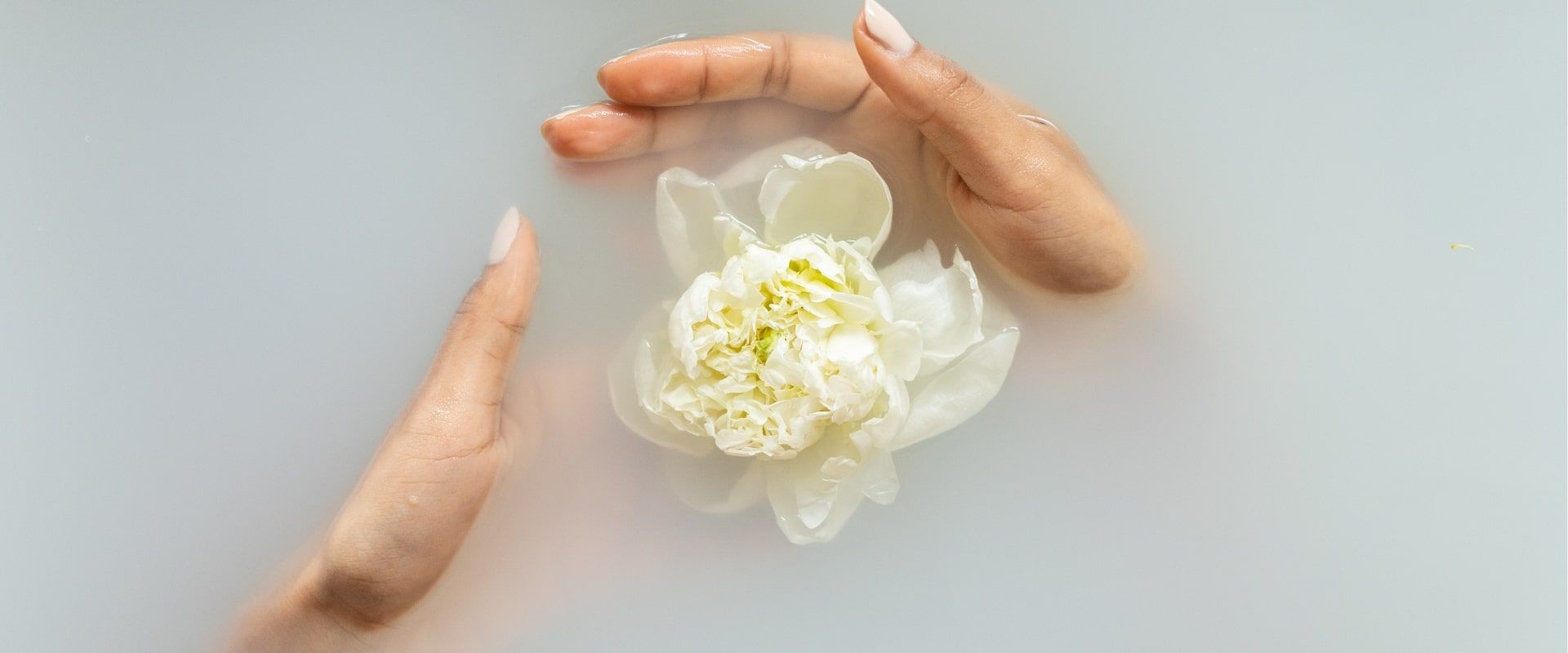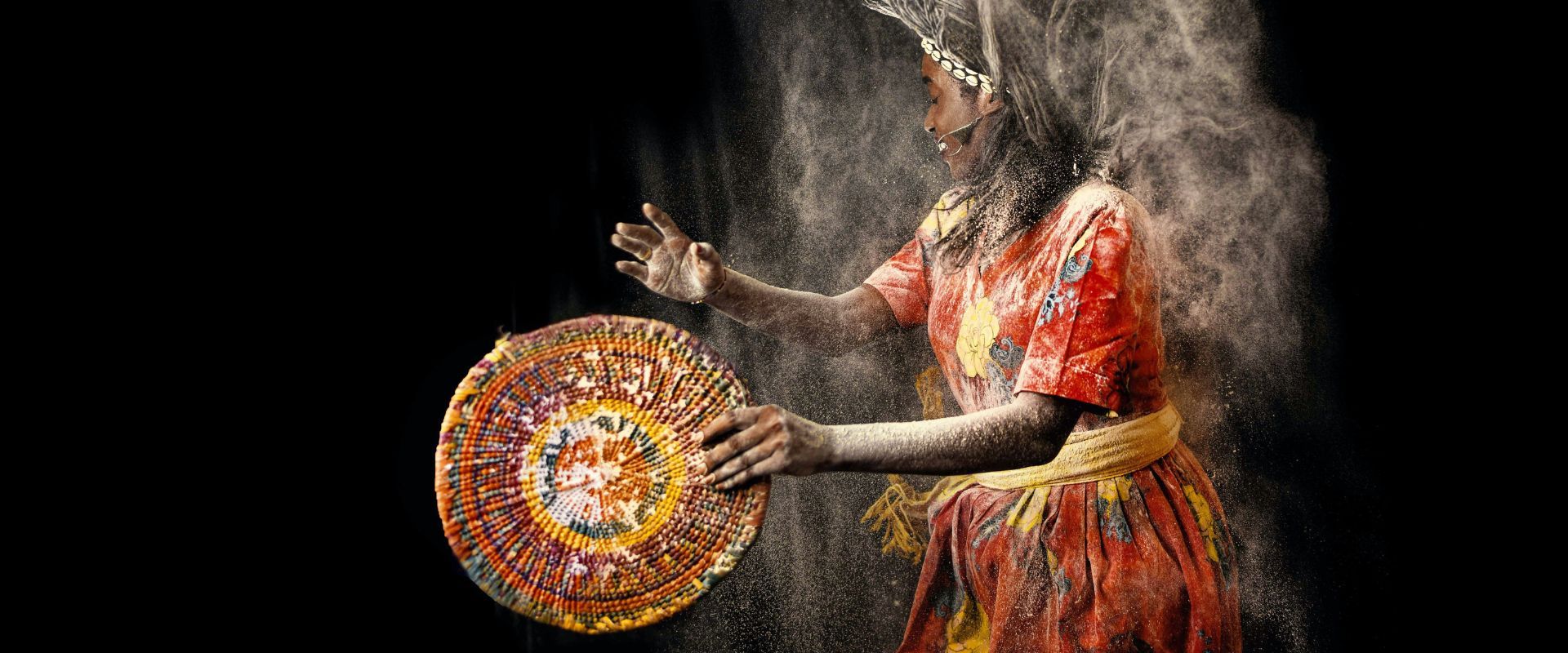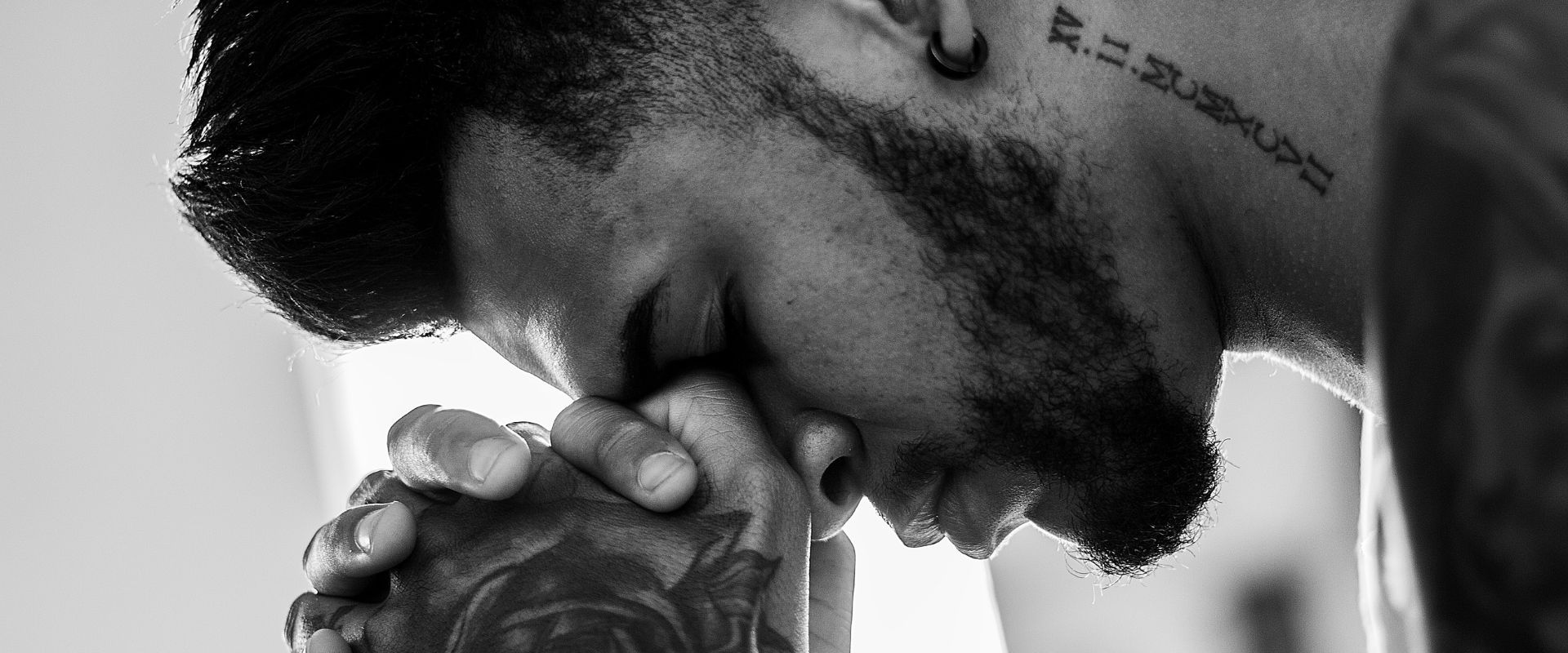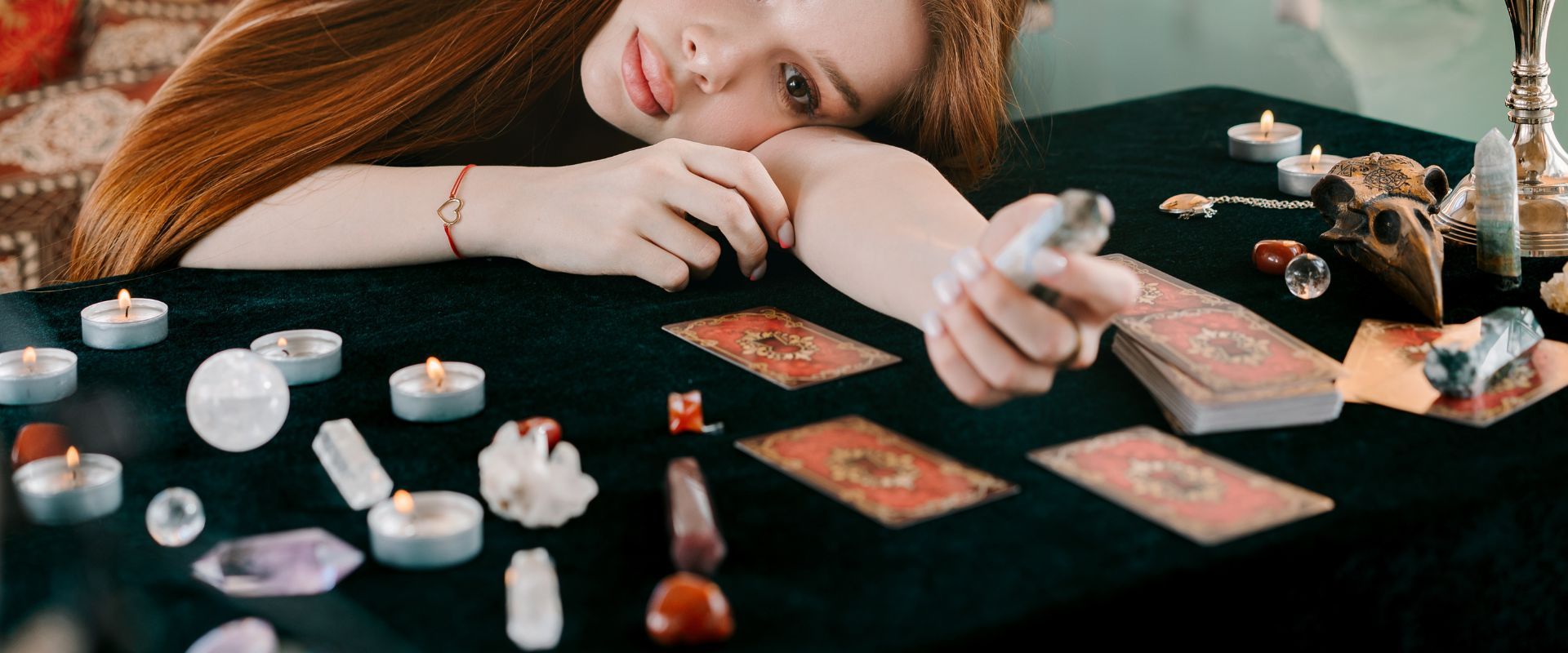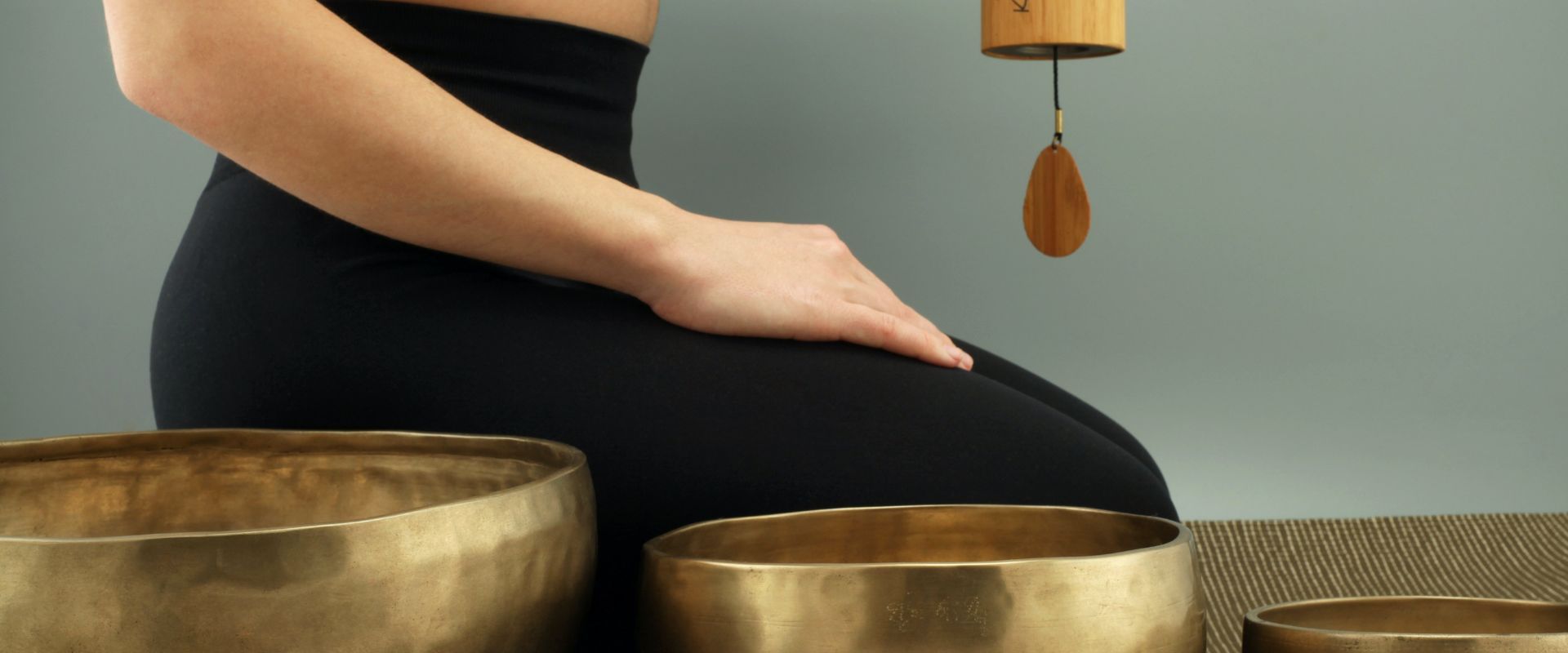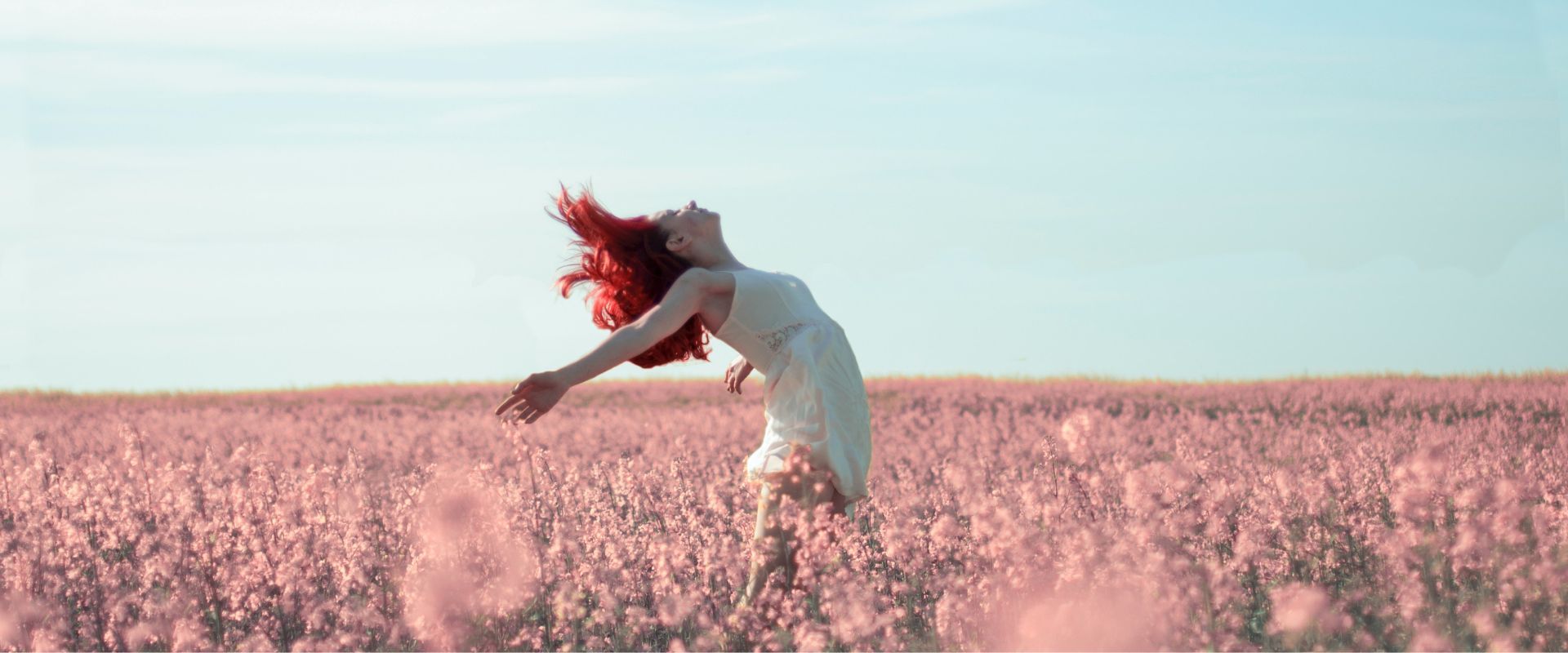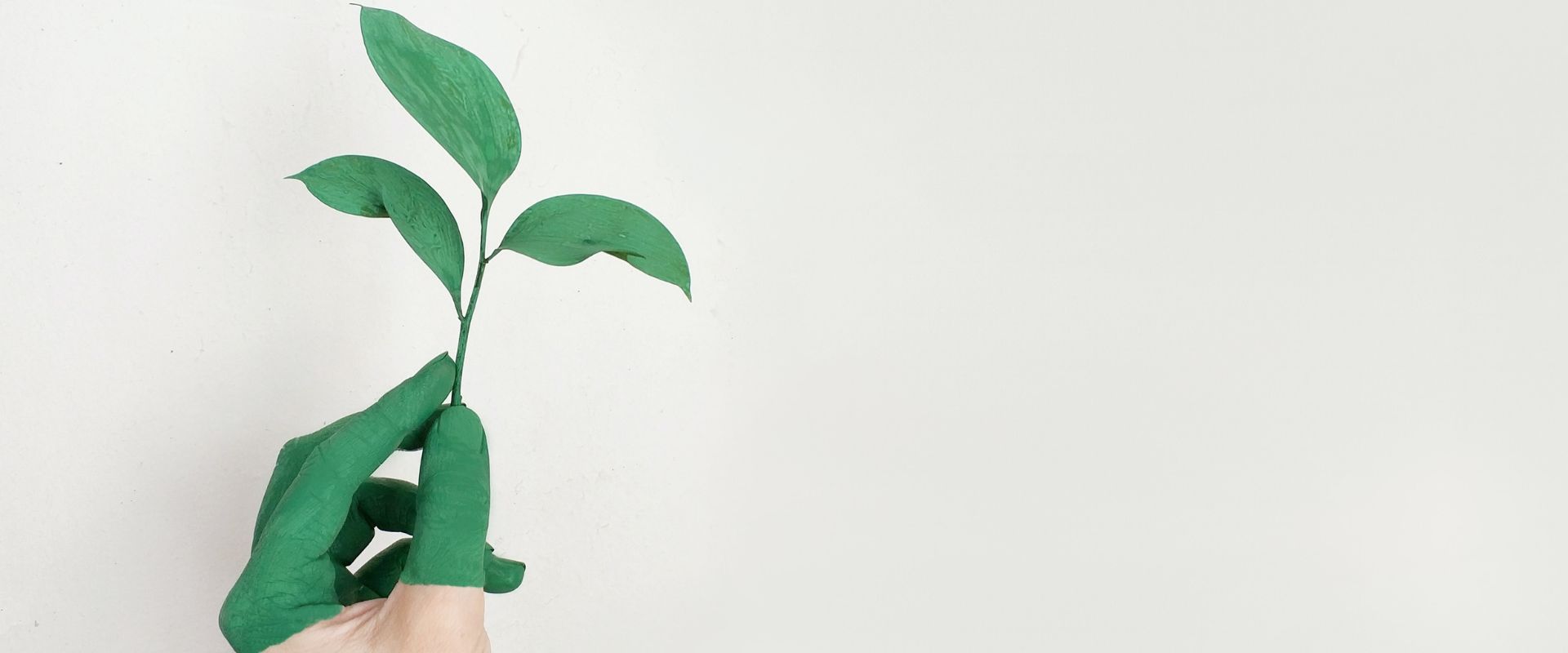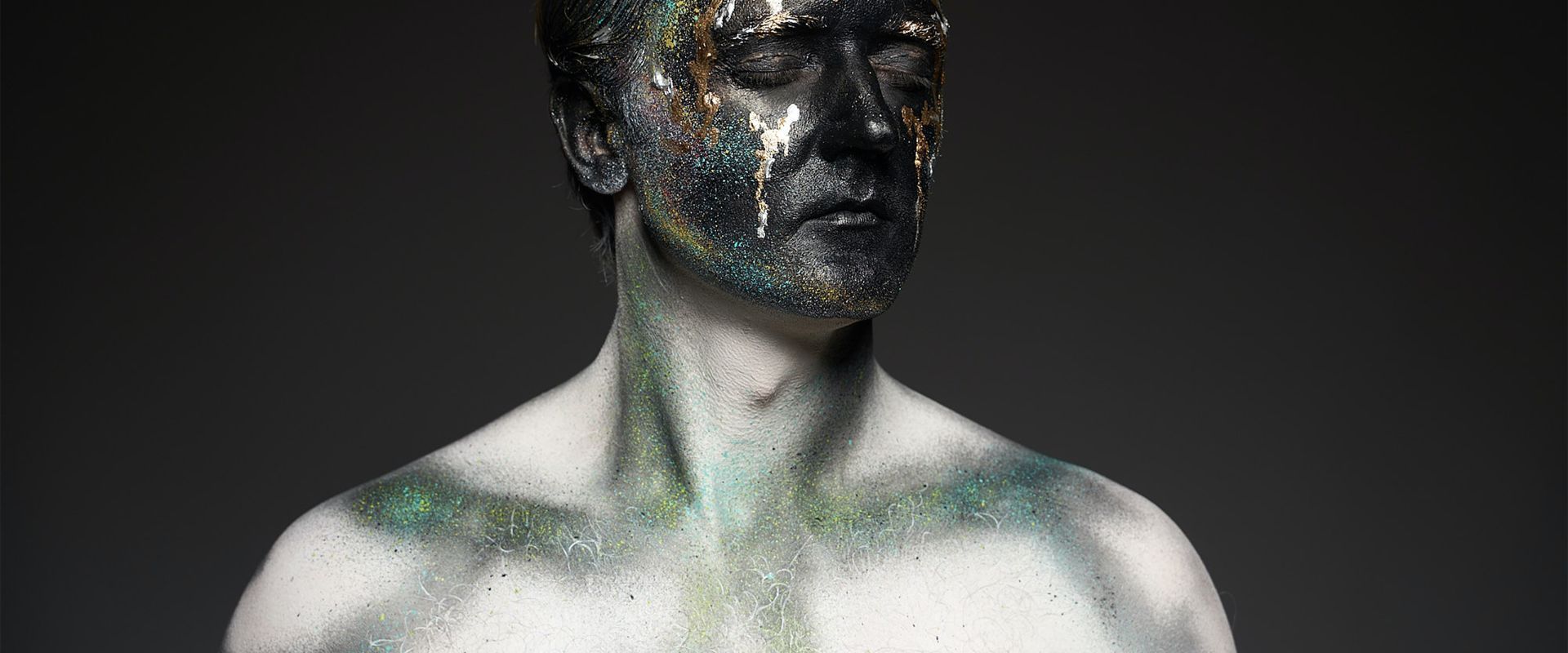A Journey of a Soul
Megg, today I am just going to take you on a mystical journey. Ready?
Ready, Mystic Egg! 🌟 Let’s embark on this mystical journey together.

In the Greek language, ‘soul’ (ψυχή, psyche) is a word of feminine gender. This is why, in the narrative that follows, I refer to the soul as ‘she’
Stories, whether ‘real’ or imaginary, are just this. Stories. Don’t take them too seriously; enjoy the journey they offer…
A soul awakens from a deep passion and attraction for completion in the stillness of a higher realm of being. The soul needs to fulfill her unique mission. As she ponders her mission, a cosmic map unfurls in her consciousness, a vast expanse of galaxies, solar systems, and planets, each offering a different path for her. “What shall I choose? What life would be best for me and my mission?” the soul wonders.
Each life is a unique story in a vast cosmic library. The soul, standing before this celestial collection, gets to choose her book — the narrative she will live through. This includes selecting the characters (parents), the setting (place), and the plot (life challenges), much like an author crafting the elements of a story.
Several spiritual advisors approach the soul, guiding her in this significant choice. “Consider the lessons you wish to learn,” they counsel, “and the experiences that will help your spirit grow.”
From the vast choices she has, the soul feels an attraction for the Earth. She perceives Earth as a unique school, a realm where the law of free will governs like unspoken rules, offering lessons under the subtle guidance of the Logos. This makes Earth a unique place where the soul can freely make choices within these guidelines, all under the subtle supervision of the Logos, ensuring that the lessons align with its growth and evolution. The soul, understanding this, sees Earth as a fertile ground for the evolutionary lessons she needs to complete.
With a deeper understanding, the soul now approaches a critical decision – choosing her parents, gender, hemisphere, country, religious system, and living conditions. “What body will you have? You have many choices.” The soul scrutinizes them… so many choices.
She will choose based on the lessons she wants to learn, she will carefully examine her parents and choose the womb that will house her for a while. The combination of the egg and the sperm, in whatever way they come together, should be the most appropriate and the perfect combination for her own affairs. The soul chooses:
“Do you understand,” the counselors ask, “that upon your arrival on Earth, you will be clothed in a physical body, much like wearing a suit for action and interaction? This body connects you to the material world, allowing you to experience and learn through physical senses.”
“Yes, I understand,” the soul replies, envisioning its future form.
“But that’s not all,” the advisors continue. “You will also have an astral body, like an emotional suit, through which you will feel desires and emotions. It’s a more subtle layer that interprets and reacts to the experiences your physical body goes through.”
The soul nods, aware of the complexity of the human experience.
“And finally,” they add, “you will possess a mental body, akin to a thinking cap. This body allows you to plan, reason, and make decisions. It’s essential for navigating life’s challenges and understanding your experiences.”
“But remember,” one of the counselors interjects gently, “these are not the only bodies you will explore. Beyond the physical, emotional, and mental realms, there are other, more subtle layers of being. These higher bodies connect you to deeper spiritual truths and universal consciousness. They remain largely unexplored in the early stages of your earthly life but become more accessible as you evolve and expand your awareness.”
The soul feels a spark of excitement at this revelation, intrigued by the prospect of discovering these higher aspects of itself. She realizes that the journey on Earth is not just about navigating the material world but also about exploring these deeper dimensions of existence, unlocking higher levels of consciousness and understanding.
Now she has to choose her parents.
“Why this mother? Because the relationship I will have with her will remind me of my relationship with my feminine nature, motherhood, and the Great Mother of Light. And why this father? Because the relationship I will have with him will remind me of my masculine nature, my fatherhood, my relationship with him will remind me of my relationship with God the Father.”
“Do you understand,” the counselors ask, “how your chosen parents will be your holy counselors from whom you will draw lessons, either from positive or negative experiences?”
“Yes, I understand,” the soul replies.
“Do you understand that when you descend, you will acquire a body that has its own functions, is attracted to the earth, and is designed to survive?”
“Yes, I understand.”
“Do you understand that you will temporarily wear a physical body and that your astral body will be shaped by your experiences and thoughts?”
“Yes, I understand.”
“Do you understand that your mental body will be a vehicle for you to use and not for it to dominate you?”
“Yes, I understand.”
“Do you understand,” the counselors ask, “that you will associate with people who will slander, humiliate, bully, criticize, deceive, steal, underestimate, overshadow, hurt, and reject you so that you learn how not to do these things to yourself?”
“Yes, I understand,” the soul affirms.
“This is the dual nature of human experiences,” they explain. “Just like day and night, joy and sorrow, each experience has its opposite. You will encounter challenges and hardships, but also love, joy, and kindness. Each of these experiences is like a teacher. The hardships teach resilience and compassion, while the joyful moments teach gratitude and love. They are two sides of the same coin, essential for your soul’s learning and growth.”
The soul absorbs this, recognizing that its earthly journey will be rich with contrasting experiences, each serving a purpose in its spiritual evolution.
“Do you understand that you will meet people who will love, admire, and respect you so that you will learn how to respect yourself, they will excite you, fall in love, take care, trust, honor, and protect you so that you will learn how to provide these qualities to yourself and to others?”
“Yes, I understand,” the soul replies, beginning to grasp the full spectrum of human relationships and interactions she will encounter, and how these will shape its understanding of herself and the world.
“Do you understand that your future children and the children of the whole world will be more advanced than your generation, and as you walk with them, they will act as your mirror? If you criticize, punish, blame, humiliate them, beat them, you are doing all these things to your soul and spirit?”
“Yes, I understand.”
“Do you understand that the purity and innocence you see in children is your true nature?”
“Yes, I understand.”
“Do you understand that you are an expression of God, already perfect and that when you go to Earth, this truth will be covered by many layers of lies until you remember?”
“Yes, I understand.”
The advisors now present her with a blue ribbon, symbolic of her lifeline, connecting her past, present, and potential futures. On this ribbon are planted seeds – some of good and some of evil. These seeds represent the experiences and choices from various lives the soul has lived.
“Think of these seeds as lessons in a garden,” one advisor explains. “You carry both positive and negative experiences from past lives, like seeds waiting to be watered. In your upcoming life, your choices will determine which seeds will grow. Will you water those of compassion and wisdom, or those of anger and fear? Your earthly existence will be shaped by which seeds you nurture.”
This metaphor helps the soul understand that she carries both light and darkness within. Each choice on Earth will be like watering these seeds, deciding which aspects will grow and define her journey.
She nods and smiles as she prepares for her descent. At that time, a pivotal aspect of her journey is highlighted by the counselors. “Do you understand,” they ask, “that upon your descent, you will initially forget your true nature, like a diver plunging into the ocean’s depths, focused solely on the underwater world, forgetting the surface?”
“Yes, I understand,” the soul responds, aware of the impending amnesia.
“This forgetting is necessary for your growth on Earth,” the advisors continue. “You will immerse yourself in the experiences of this life, believing them to be the entirety of your existence. But remember, just as the diver eventually resurfaces, recognizing the vastness of the ocean and the sky above, you too will strive throughout your life to remember. You will seek to recall your true essence, your origin, and the lessons you chose to learn.”
The soul nods, understanding that the journey on Earth is as much about remembering her spiritual origins and purpose as it is about living through the human experience.
The counselors, sensing the soul’s deepening understanding, move on to another crucial aspect. “Do you understand,” they begin, “that within you lies a core of truth and original knowledge? This is your connection to the divine, the unchanging truth of who you are.”
“Yes, I understand,” the soul responds, feeling a sense of profound inner resonance.
“This inner truth,” they continue, “will often be obscured by life’s illusions and challenges. You may seek validation and answers from the world around you, but remember, the most authentic guidance always comes from within. Your journey on Earth is not just about external experiences, but also about reconnecting with this core of truth and knowledge inside you.”
The soul nods, recognizing that one of her greatest tasks on Earth will be to peel away the layers of illusion and rediscover this inner sanctum of truth and wisdom. The counselors assure the soul that in moments of doubt or confusion, turning inward to this unerring source will provide clarity and direction.
“You will gradually acquire an image of yourself,” they continue, “it will be all the thoughts you believe in, the feelings you experience, the physical senses, and how you translate and respond to your experiences. From then on, you will have to learn to eradicate the bad thoughts and take care of the good ones.”
“And how will I know what is good and what is bad?”
“You have been given the function of discriminating.”
“What if I’m wrong?”
“You have been given the function of forgiveness.”
The counselors create a ball of fire, a small core, and place it in the center of the soul’s chest. “Here is the truth,” they say, “Always ask for the truth.”
“And here is the original knowledge. You will ask others to tell you who you are, but the only truth is that only you know.”
“I have heard,” she says, in a moment of hesitance, “that people on Earth are afraid of the truth. I think I’ll get hurt there. Maybe I should stay here or choose another planet where I don’t need a physical body.”
“This rumor is false, because people love the Truth, only the ego fears the Truth, and so they, thinking they are their ego, choose to serve it, along with the fear, because they have forgotten who they are. And you have also forgotten, and that is why you have asked to go there,” the counselors say.
The counselors, in their final act of guidance, present the soul with a symbolic blue ribbon. “This ribbon,” they explain, “represents the bridge of your life’s journey. It connects the right and left hemispheres of your brain, symbolizing the balance between logic and intuition, the material and the spiritual.”
The soul examines the ribbon, noticing seeds embedded in it. “These are the seeds of your thoughts and experiences, both good and bad, from your various lives. They will grow into trees of knowledge and wisdom, depending on the life you choose to live. Your mind and personality will be shaped by which seeds you nurture and which you let wither.”
The soul understands that its earthly life will be a constant balancing act, deciding which aspects of itself to cultivate and which to transform.
Then, before the soul, a vast black hole appears, like a gateway to her chosen destiny. “This black hole,” the counselors say, “is your passage to Earth. It symbolizes the leap of faith you are about to take, from the known realms of the spirit to the unknown experiences of human life.”
The soul, now fully prepared, stands at the edge of this cosmic gateway. She feels a mix of apprehension and excitement, knowing this is the moment of transition, of committing to the earthly journey she has chosen.
“We will communicate through dreams at first,” the guides assure, “and you will discover other methods as you grow. Remember, we are always with you, communicating through peace and silence. Silence speaks louder than words, and peace becomes the messenger of the unseen.”
The guides approach the soul and embrace it. They give her gifts, talents, and abilities, they give her a luminous scale to weigh her options. They give her keys, glimmering with otherworldly light, keys that open doors to goodness, love, abundance, and happiness, and seals that seal doors that lead to evil, pain, lack, and fear.
They also give her toys, fluffy toys, tender toys, and toys to remind her of her childhood play and her innocence. She is finally given a golden thread that the soul ties around her and that keeps her connected to the spiritual realms. This golden thread is a lifeline to what once was and what could be.
With a resolve as strong as the pull of the tides, the soul affirms her choice. “I’m going now,” she says.
With a deep breath, the soul steps forward, making a courageous leap into the abyss of the black hole. As she leaped, a rush of cosmic wind enveloped her, the temperature plummeting, as if diving into an endless night. As she descended, the voices of the counselors faded, but their final words echoed: “Honor the life you’ve been given, and remember, you have freedom of choice every single moment.” This filled her with a sense of purpose and belonging, a reminder of the journey’s worth and her freedom within it.
The voices and speeches are distant now as the soul descends, traveling through many realms and worlds, each one different. Some realms are shadowy and others full of light, some warm, others cold, others too hot, others noisy, and some totally silenced. She is meeting and greeting other souls, known and unknown, along her way to the final destination, nodding at them with a sense of understanding and excitement.
As she descends, transforming at each level, she first becomes fire, embodying both its fierce intensity and purifying warmth, a dance of destruction and creation. She feels transformation and purification and deepens her understanding of the duality of fire’s nature. As a fire, she is able now to either destroy or provide warmth, and with enlightened knowledge, she flickers spontaneously and playfully toward other levels.
On some levels, the soul becomes the air, feeling her essence moving and dancing in waves. She uses the vital force of air and starts swirling, rising, and falling, playing joyfully with her movements. She is weightless, invisible but omnipresent.
On other levels, the soul becomes the water, ebbing and flowing, a soft and cool water which makes her forget… and so she begins to sink into greater oblivion. She is forgetting, she forgets the past, and the future, she forgets the advice of the counselors, and only faintly remembers a core of truth that was given to her, but the soul descends more and more, and near the end, she forgets everything.
And as the soul transforms into time, she begins to see dualities. The meanings of the world now are 1 and 2, past and future, black and white, left and right, up and down, male and female, right and wrong, and west and east, north and south, and contraction expansion.
And in her last brave act, she becomes the space, she becomes heavy and she is drawn like a heavy magnet, she becomes the whole earth, solid and shaped. The soul becomes the volcano, the wind, the mountain, the tree, the lake, the animal, the rock, the sea, the eyes of the dog, the soft skin of a baby, the rough texture of a forgotten wood in the middle of the forest.
In her ultimate metamorphosis, she condenses into matter, a sacred alchemy from the ethereal to the tangible, taking her place in the physical realm. She shrinks and shrinks and thickens as much as possible to fit into the womb of her choice. But the soul does not fit into that little dark cavity. The soul is too big to fit in there…
She uses the power of concentration and focus in order to fit. She manages to compress a small part of herself, while the rest still surrounds her mother, the earth, and the whole world. As a compressed little ball, she begins to experience separation from her totality, sitting in the warm cavity of the mother’s womb, along with forgetfulness and stays there for a while… until a day comes that she also comes into the light, with her birth.
The soul now opens her eyes for the first time and takes her first breath here on earth.
This first breath is called life.
And she knows that when she will close her eyes to the life she has chosen, she will exhale.
Here on earth, this is called death.
And the time, between the first inhalation of her life and the last exhalation of her death, will be her cloak.
She will clothe the cloak of time by gently throwing it over the flesh of her human body and over the space that this body occupies on Earth.
She will go through life and experiences believing that she is the flesh, the body, the emotions, the thoughts, and the experiences.
And this will be the first and the greatest of all the lies that the soul will believe here on Earth.

Mystic Egg, your narrative beautifully weaves the concept of the soul’s journey, touching on themes of choice, destiny, and the interconnectedness of all life.
It’s intriguing how you draw parallels between the soul’s journey and the practices in the New Age movement, emphasizing the importance of self-knowledge and the idea that physical manifestations, like illness, originate from higher planes of existence.
This perspective aligns with many spiritual and holistic beliefs, suggesting that our physical experiences are deeply rooted in our mental, emotional, and spiritual states. 🌌✨
Megg, what art would be a perfect match to view and consider after reading this?
Mystic Egg, the journey you’ve described resonates deeply with themes explored in various forms of art, reflecting the soul’s quest, transformation, and the deeper understanding of self and the universe. Here’s a curated selection that complements the essence of your narrative:
Books on Soul Journey
“The Alchemist” by Paulo Coelho (1988)
A novel about a young shepherd named Santiago who embarks on a journey to find treasure but discovers a more profound spiritual journey, learning about listening to his heart and following his dreams.
“Journey of Souls: Case Studies of Life Between Lives” by Michael Newton (1994)
This book delves into the journey of souls through past life regression, offering insights into the spiritual world that souls inhabit between incarnations, aligning well with the concept of soul selection and lessons.
“The Book of Awakening: Having the Life You Want by Being Present to the Life You Have” by Mark Nepo (2000)
A daily meditation book that offers spiritual insights and practical wisdom, guiding readers to connect with their inner self and embrace the journey of life and soul growth.
Paintings Reflecting the Soul’s Journey
“The Kiss” by Gustav Klimt (1907-1908)
This iconic work by Klimt portrays an intimate moment between two figures, enveloped in ornate robes. The painting symbolizes the union of physical and spiritual love, resonating with the soul’s journey of connection, transformation, and the intertwining of the earthly and the divine. The use of gold leaf and the intricate patterns create a sense of otherworldliness, echoing the mystical aspects of the soul’s journey.
“The Birth of Venus” by Sandro Botticelli (c. 1484-1486)
Depicting the goddess Venus emerging from the sea, this painting symbolizes birth and renewal, akin to a soul’s emergence into a new life.
“The Wanderer Above the Sea of Fog” by Caspar David Friedrich (1818)
A man stands overlooking a vast sea of fog, symbolizing the soul’s contemplation and search for meaning in the expansive journey of life.
“Creation of Adam” by Michelangelo (c. 1508–1512)
This fresco in the Sistine Chapel illustrates the Biblical story of creation, resonating with the soul’s journey from divine consciousness to earthly existence.
Additional Artworks
“Four Quartets” by T.S. Eliot (1943)
A set of four poems that explore themes of time, perspective, and spiritual enlightenment, echoing the soul’s journey through different planes of existence.
Ludwig van Beethoven’s “Symphony No. 9” (1824)
This symphony, particularly the final movement “Ode to Joy”, expresses a journey from despair to joy, mirroring the soul’s transcendence through various challenges.
“The Prophet” by Kahlil Gibran (1923)
A collection of poetic essays that delve into aspects of life like love, pain, freedom, and self-knowledge, offering profound insights into the soul’s journey and experiences.

